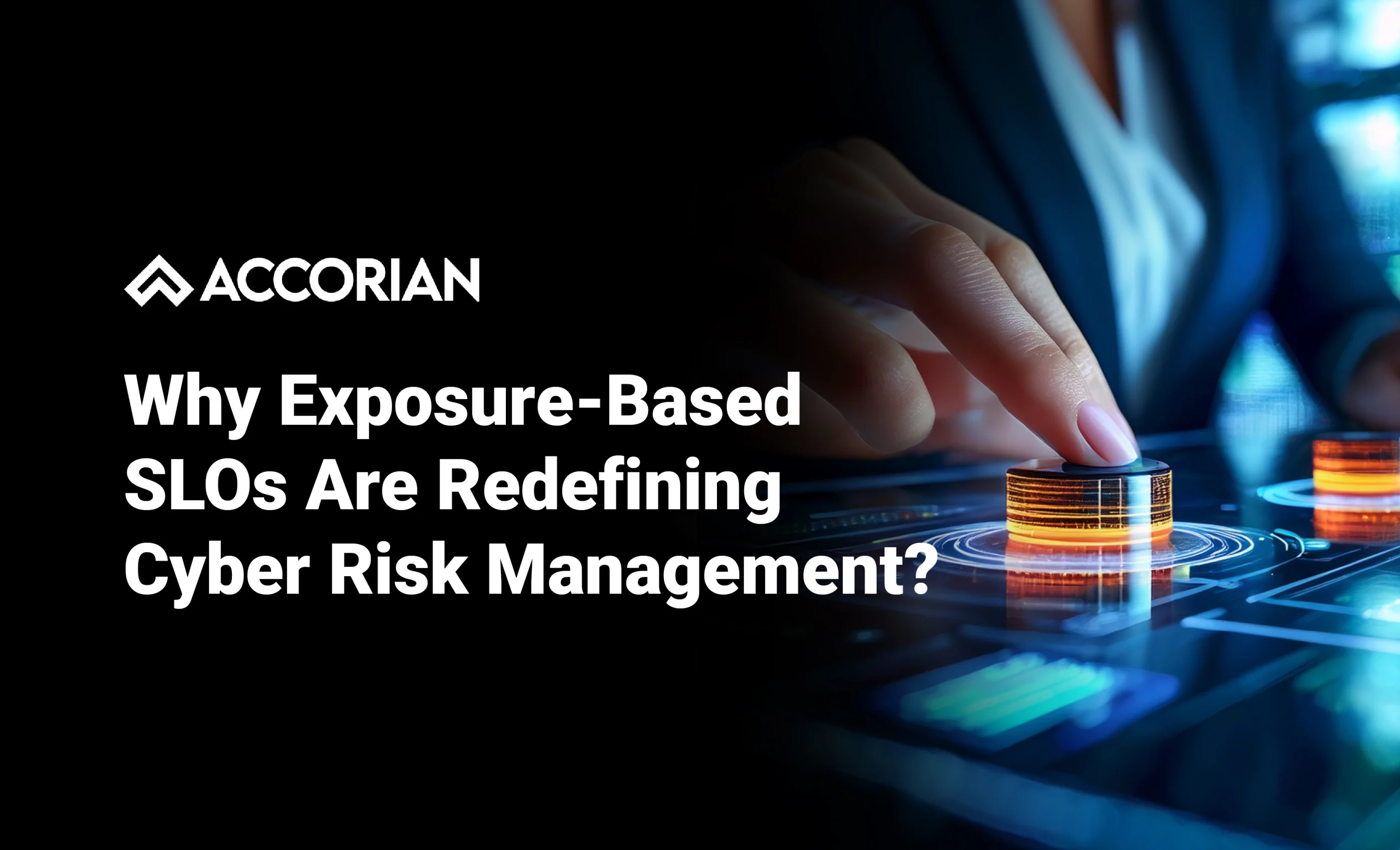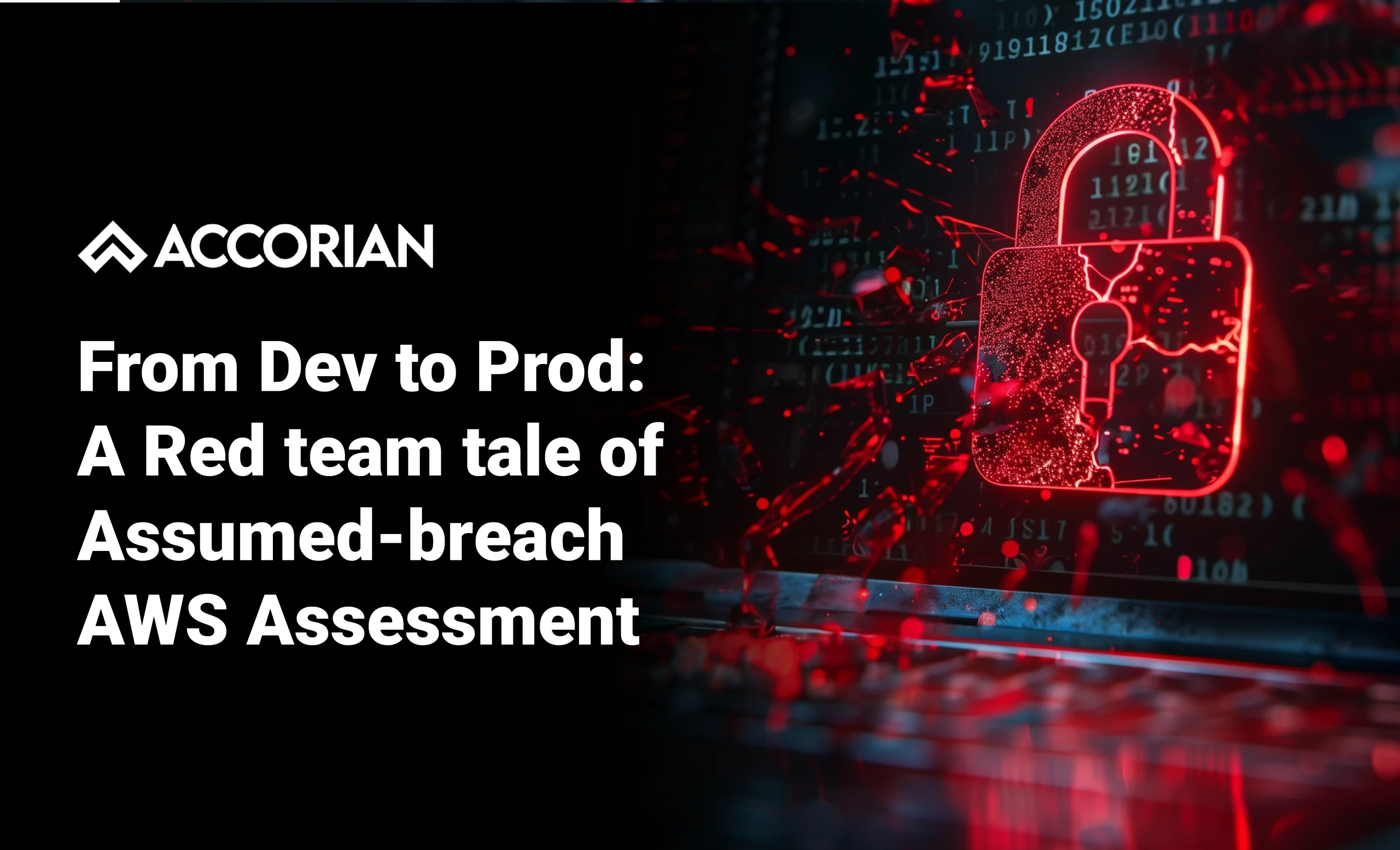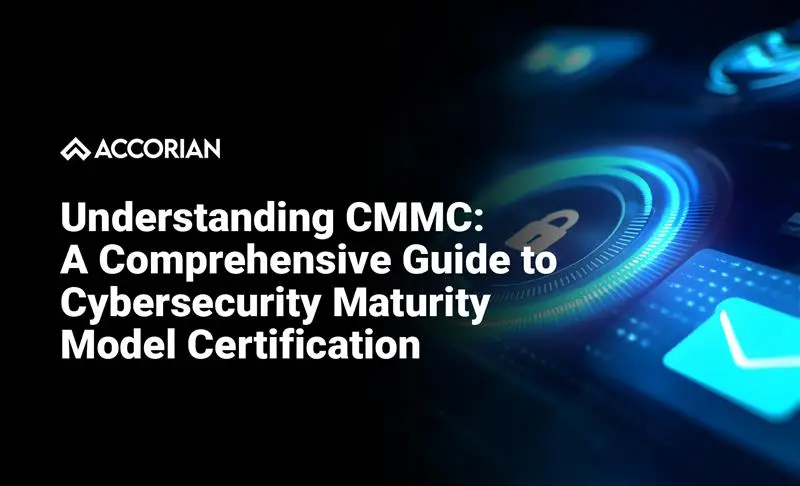In today’s hyperconnected world, patching isn’t just a technical task; it’s a strategic imperative. Yet many organizations still rely on time-based Service Level Agreements (SLAs) that prioritize patching by calendar deadlines rather than actual threat exposure. This legacy approach is increasingly misaligned with the velocity and complexity of today’s cyber threats.
It’s time to flip the patch script.
The Limitations of Time-Based SLAs
Traditional patching strategies focus on meeting predefined timelines, often weekly or monthly cycles. While this cadence offers predictability, it fails to account for the dynamic nature of threats. A system patched “on time” may still be vulnerable if the underlying exposure isn’t addressed.
According to NIST’s SP 800-40 Rev. 4, patching should be viewed as preventive maintenance, not just a compliance checkbox. However, time-focused SLAs often create blind spots:
- They overlook exploitability and external visibility.
- They delay urgent remediation for zero-day vulnerabilities.
- They prioritize uniformity over risk relevance.
Exposure-Based SLOs: A Risk-Aligned Alternative
Exposure-Based Service Level Objectives (SLOs) shift the focus from arbitrary deadlines to real-world risk. This approach prioritizes patching based on:
- Exploitability: Is vulnerability actively being weaponized?
- Exposure: Is the asset externally accessible or misconfigured?
- Business Impact: Does the asset support critical operations?
As Palo Alto Networks explains, exposure management reframes cyber risk as a dynamic, observable condition, one that demands continuous validation and prioritization.
Data-Driven Prioritization: What the Numbers Say
Recent studies show:
- 80% of breaches stem from unpatched vulnerabilities.
- 28.3% of new CVEs are exploited within a day of disclosure.
- Exposure-based patching can reduce vulnerabilities by up to 75%.
These figures underscore the urgency of moving beyond static patch cycles. Exposure-based SLOs enable faster, smarter responses, especially when integrated with threat intelligence and attack surface mapping.
Strategic Benefits for CISOs and Compliance Leaders
Exposure-based patching offers tangible advantages:
| Benefit | Description |
|---|---|
| Risk Reduction | Targets the most exploitable and visible vulnerabilities first |
| Compliance Alignment | Supports frameworks like HITRUST®, ISO 27001, and Zero Trust |
| Operational Efficiency | Reduces patch fatigue and avoids unnecessary downtime |
| Continuous Improvement | Enables adaptive security posture through real-time monitoring |
As Gartner’s CTEM model suggests, organizations should evolve from vulnerability scanning to threat-informed defense, where exposure validation and adversary simulation guide remediation.
Implementation Best Practices
To operationalize exposure-based SLOs:
- Automate asset discovery and exposure mapping using tools like Wiz or CrowdStrike4.
- Integrate exploitability data from threat intelligence feeds.
- Prioritize patches based on exposure duration, blast radius, and business criticality.
- Establish cross-functional workflows between IT, SecOps, and compliance teams.
From Reactive to Resilient
Security isn’t about checking boxes; it’s about confronting real risk in real time. Exposure-based SLOs shift the patching conversation from predictable schedules to threat-driven urgency. By aligning remediation with actual exploitability and visibility, organizations move beyond reactive compliance toward adaptive resilience. For Accorian clients, this approach enables faster decision-making, reduced attack surface, and more robust alignment with frameworks like HITRUST® and Zero Trust.
Don’t just chase patch deadlines—defend what’s exposed.



